#3rd Century
Explore tagged Tumblr posts
Text
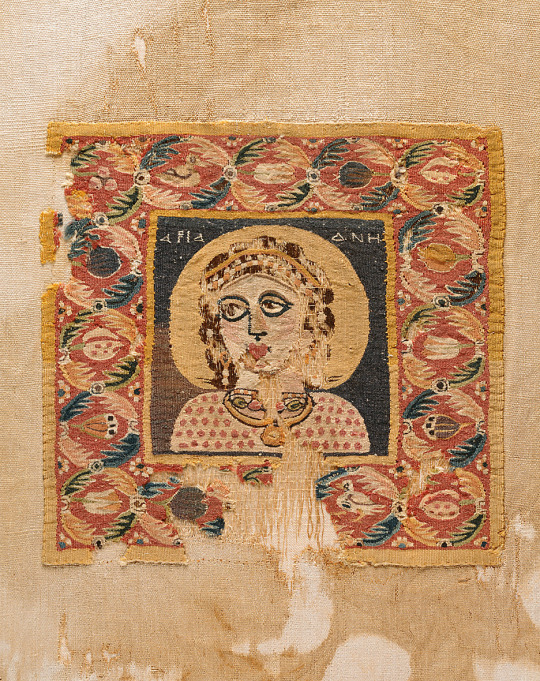

~ Ariadne and Dionysus.
Period: Late Roman/Late Antiquity
Date: A.D. 3rd-5th century
Place of origin: Achmim, Egypt
Medium: Wool on linen, colored knitting
#ancient#ancient art#history#museum#archeology#ancient history#archaeology#wool#ariadne#Dionysus#Achmim#Egyptian#Egypt#ancient egypt#3rd century#5th century
2K notes
·
View notes
Text

Denzel Washington as Macrinus in Gladiator II (Film, 2024).
193 notes
·
View notes
Text
"Centuries ago, two people were buried arm in arm on top of a horse in what is now Austria. The unique burial prompted archaeologists to think that the two were a male-female married couple from medieval times. But it turns out they couldn't have been more wrong.
A new analysis of the remains suggests that the couple was actually a mother-daughter pair who died around 1,800 years ago during the Roman era.
"It's the first genetically proven mother-daughter burial in Austria in Roman times," study senior author Sylvia Kirchengast, a professor of evolutionary anthropology at the University of Vienna, told Live Science. "We also disprove a long-held misconception about the kind of relation between the two individuals.
In the new study the researchers re-evaluated the remains via radiocarbon dating, ancient DNA analysis and a visual inspection. They found that the bones belonged to individuals whose ages at death were 20 to 25 and 40 to 60 years old and lived around A.D. 200 when the Roman Empire held sway over the region. In a twist, both human skeletons turned out to be females, according to an anatomical analysis. DNA results confirmed their biological female status and showed they were first-degree relatives — meaning they were either sisters or mother and daughter, according to the study, which was published in the May issue of the Journal of Archaeological Science: Reports.
Due to the pair's DNA results, their age difference and other factors, the researchers concluded that individuals were mother and daughter, with the daughter embracing the mother in the grave. "It's very unlikely that two sisters have an age difference of 20 years during those times. So we felt that it's more likely that they are a mother-daughter pair," Kirchengast said.
The inclusion of a horse and gold pendants strongly hints that the women were of high social status. It also indicates they were non-Roman elites. "To our knowledge it's extremely uncommon for Roman people to be buried with horses. They were not a 'horse-people'," study lead author Dominik Hagmann, an archaeologist at University of Vienna, told Live Science. He suspected these two individuals were from a Celtic culture still existing in Roman times. The Celts were more commonly buried horses with their owners.
There are other signs that the deceased were familiar with horses. "What I find odd is that the older skeleton shows signs of frequent horse riding," Kirchengast said. "Maybe both women were enthusiastic horse-riders.""
#I promise I will soon be back with new content#in the meantime here is a story that touched me deeply#history#women in history#antiquity#ancient world#archeology#women's history#roman tag#austria#austrian history#3rd century#roman empire#celts#celtic
91 notes
·
View notes
Text
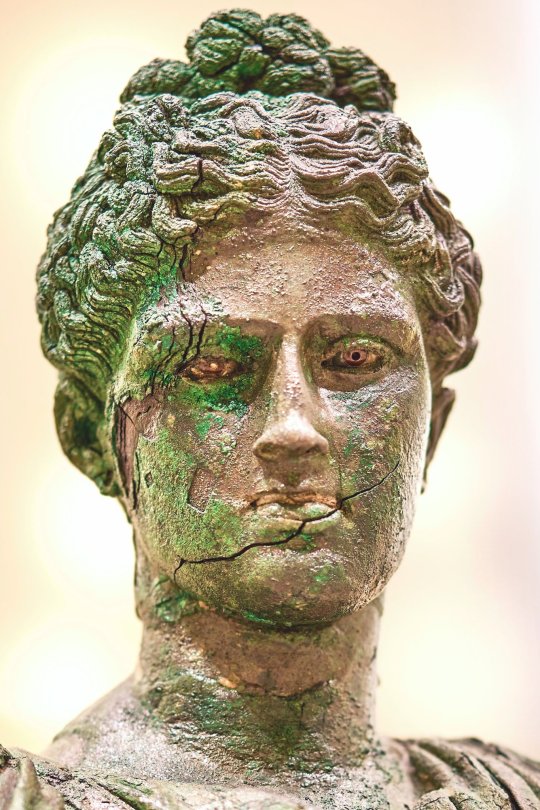
Close-up: Piraeus Artemis B, early 3rd century BC.
Archaeological Museum of Piraeus, Greece
📷 E. Koronaios
#dark academia#light academia#classical#academia aesthetic#escapism#academia#books and libraries#classic literature#books#architecture#Piraeus Artemis B#sculpture#statue#bronze#3rd century#bc#Archaeological Museum of Piraeus#greece#royal core#cottage core#academics#antiquity#art#aesthetics#mood#vibe#tumblr
816 notes
·
View notes
Photo

Korea and Japan in the late 3rd century
98 notes
·
View notes
Text







Women in History Month (insp) | Week 1: Leading Women
#historyedit#perioddramaedit#women in history#women in history month challenge#lady of birka#marie madeleine d'aiguillon#empress gongsheng#elizaveta petrovna#jayadevi#zenobia of palmyra#margrete of denmark#viking age#scandinavian history#french history#cambodian history#song dynasty#chinese history#russian empire#3rd century#7th century#8th century#10th century#14th century#15th century#16th century#17th century#18th century#my edits#mine
185 notes
·
View notes
Text

Roman Emperors: Augustus – Gordian I
27 BC – 238 AD
Excited to be working on these again! The series is nearing completion! Pride edition will follow shortly…
#roman emperor#roman empire#rome#history art#ancient rome#1st century bc#1st century#2nd century#3rd century#julio claudian dynasty#augustus#caligula#emperor nero#flavian dynasty#domitian#nerva antonine#marcus aurelius#trajan#hadrian#commodus#geta#caracalla#severan dynasty#elagabalus#digital art#roman tag
61 notes
·
View notes
Text
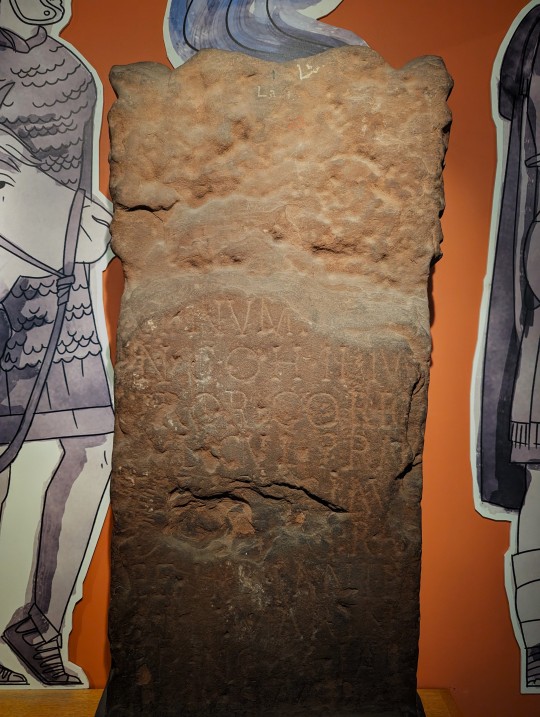
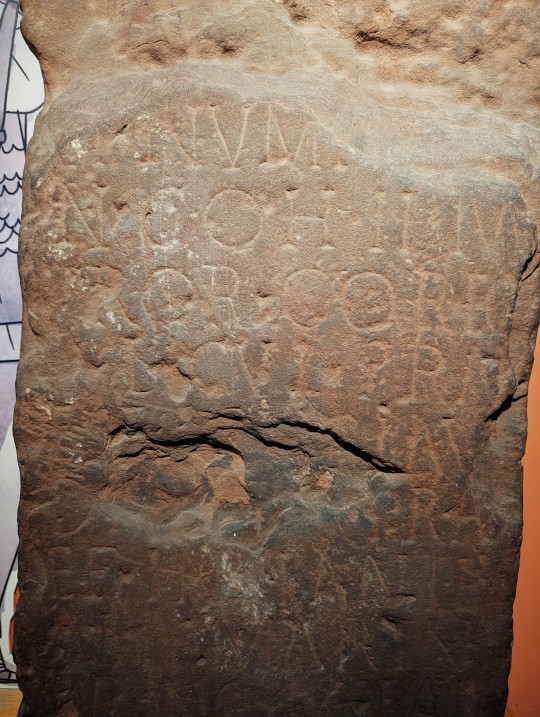
Sandstone Altar to Jupiter from Castlesteads, England dated to 241 CE on display at the Tullie House Museum and Art Gallery in Carlisle, England
This altar to Jupiter and the Divinities of the Emperor was set up by a group of Tungrian soldiers in the 3rd century as part of their annual diedication. It honours both the Roman Emperor Gordian and the god Jupiter as well. One translation of the remaining text reads:
"To Jupiter, Best and Greatest, and to the Divinities of our Emperor the Second Cohort of Tungrians styled Gordiana, part-mounted, publicly praised, under the command of Tiberius Claudius Claudianus, the prefect, (set this up) under the direction of Publius Aelius Martinus, princeps, on the 1st of January in the consulship of our Lord and Emperor Gordian, for the second time, and Pompeianus."
The Tungrians came from modern day Belgium and were stationed at Castlesteads Roman Fort on Hadrian's Wall. There is a thunderbolt on one side of the altar and the wheel of Nemesis on the other.
Photographs taken by myself 2023
#art#archaeology#roman empire#ancient#3rd century#england#english#history#tullie house museum and art gallery#carlise#barbucomedie
115 notes
·
View notes
Text

A domestic object: spoon with a large scutiform bowl. The handle has a small, apparently male figure at the end.
Bannu, 2nd century - 3rd century AD
22 notes
·
View notes
Text










Emperor Liu Shan sees Prime Minister Zhuge Liang off on his final northern campaign, a journey from which Zhuge Liang never returns.
The Three Kingdoms (2010) Ep. 92 / Growling Tiger Roaring Dragon (2017) Ep. 17
#i've been meaning to do this one for a while#lots of psychic damage here. I love how it's so similar in many ways yet also very different#liu shan#ah dou#zhuge liang#romance of the three kingdoms#rot3k#three kingdoms 2010#the advisors alliance#growling tiger roaring dragon#3rd century#cdrama edit
17 notes
·
View notes
Text

Jesus raises Lazarus from the Dead, Catacomb of Callixtus, Rome, 3rd Century A.D.
#art#history#jesus christ#ancient rome#roman empire#Catacomb of Callixtus#Rome#3rd century#lazarus#early christianity
12 notes
·
View notes
Text
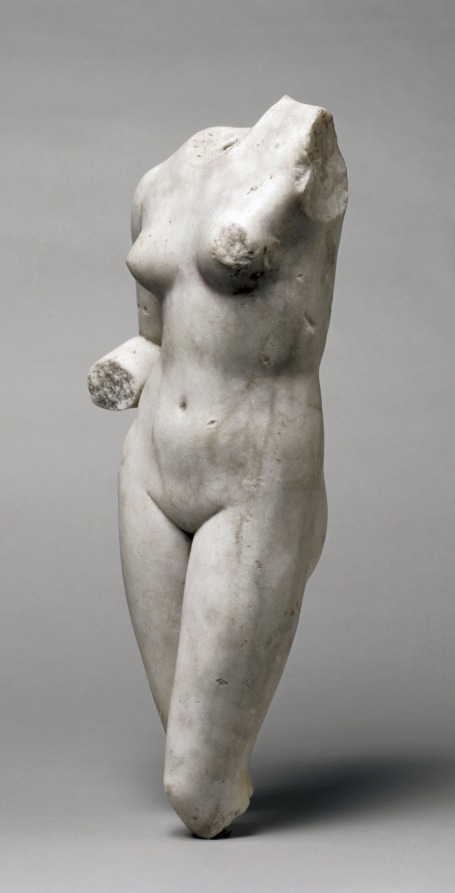

~ Torso of Venus.
Date: A.D. 1–200
Culture: Roman
Marble: Marble
#ancient#ancient art#history#museum#archeology#ancient sculpture#roman#ancient history#archaeology#ancient rome#roman empire#torso of venus#venus#marble#1st century#3rd century
1K notes
·
View notes
Text







The Crosby-Schøyen Codex,
Coptic, manuscript on papyrus, Upper Egypt, middle 3rd century into 4th century,
The Crosby-Schøyen Codex is the earliest Christian liturgical book, according to the international auction house Christie's, which will be holding the sale in London on June 11.
A single scribe is said to have written the codex, which is made up of 52 leaves - or 104 pages - over a period of 40 years at a monastery in upper Egypt.
Carbon dating suggests the book dates back to sometime between the middle of the 3rd and 4th centuries. One of the earliest witnesses to the spread of Christianity, the codex features the first epistle of Peter and the Book of Jonah.
The codex is part of the Bodmer Papyri, which were discovered in the 1950s and comprise biblical texts, Christian writings and pagan literary texts.
It was eventually acquired by the University of Mississippi where it remained until 1981. It exchanged hands a couple of times in the 1980s before being purchased by Norwegian manuscript collector Martin Schøyen in 1988. As such, the codex is the oldest known book in private hands.
The pages are preserved behind plexiglass, kept in two lockable wooden boxes.
#art#history#design#style#archeology#antiquity#christie's#text#papyrus#christianity#3rd century#4th century#biblical#martin schoyen#codex#book#writing#hand writing#coptic#egypt#ancient egypt
12 notes
·
View notes
Text
"According to Roman sources, emperors such as Nero and Domitian were fond of throwing lavish celebrations featuring female gladiators as novelty acts. The Roman historian Cassius Dio wrote of a days-long festival Nero held in honor of his mother in 59 where upper-class men and women “drove horses, killed wild beasts, and fought gladiators, some willingly and some sore against their will.” Roman historian and politician Tacitus referred to Nero’s female gladiators as feminarum, a term reserved for upper-class women, writing that “many ladies of distinction, however, and senators, disgraced themselves by appearing in the amphitheater.”
In 66, Nero sponsored more gladiatorial games featuring Ethiopian women, wrote Dio. And in 88, Emperor Domitian held games that again featured female gladiators, wrote biographer and historian Seutonius.
Sources also wrote of venatrices, female beast hunters, appearing in the Colosseum’s 100 days of opening games in 80. Venatrices took down stags, boars, and even lions with spears and bows, says Potter. Whereas female gladiators likely fought other women to first blood in single combat, explains Potter. Contrary to popular belief, fighting to the death was rare in gladiatorial games: Sponsors considered gladiators expensive, long-term investments.
Even though many Romans disapproved of female gladiators, people went wild for them in the arena. “We do know that some of the [female gladiator] fights took place in mid-afternoon, and that’s not the time for the novelty acts or the comedies or the executions,” says Philip Matyzask, an author, historian, and professor at the University of Cambridge. “That’s the time for the premier gladiator fights. So they were treated as serious professional bouts.”
The very existence of female gladiators complicates the understanding of Roman gender roles. Many believe Roman women were docile, modest, meek, and subservient to the men in their lives. But “Roman women wielded much more influence in society than many people out in the public think,” says Coleman. Roman women could be independent benefactors (funding the construction of buildings, temples, and social programs), own property, and divorce their husbands.
“I think we develop a better understanding of our own culture by close study of another,” says Potter, and studying female gladiators illuminates the “latent sexism in the way we view women,” both today and in antiquity.
Rome’s female gladiators are just one offshoot of women’s long, often-forgotten history as warriors. “Women have fought in nearly all conflicts and wars throughout history, from the war of Troy until today,” says Manas. Rome’s female gladiators were the women warriors of their time—redefining societal expectations of what women were and are capable of."
#history#women in history#women's history#ancient rome#roman history#ancient world#ancient history#female gladiators#gladiatrix#warrior women#1st century#3rd century#roman empire#historical figures
121 notes
·
View notes
Text

9 notes
·
View notes
Photo

Roman Empire and neighboring regions 3rd century AD.
by aresten_dmp
145 notes
·
View notes